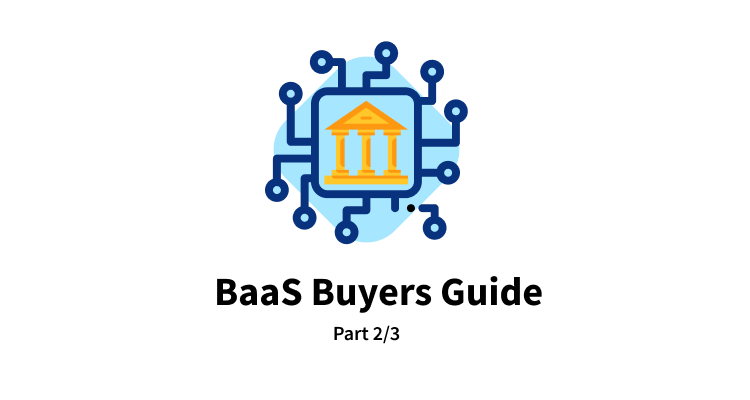Banking as a service
Tearsheet Buyers Guide: Banking as a Service (Part 2)
- Tearsheet is exploring the world of banking as a service.
- BaaS serves as a technological underpinning to modern fintech.








